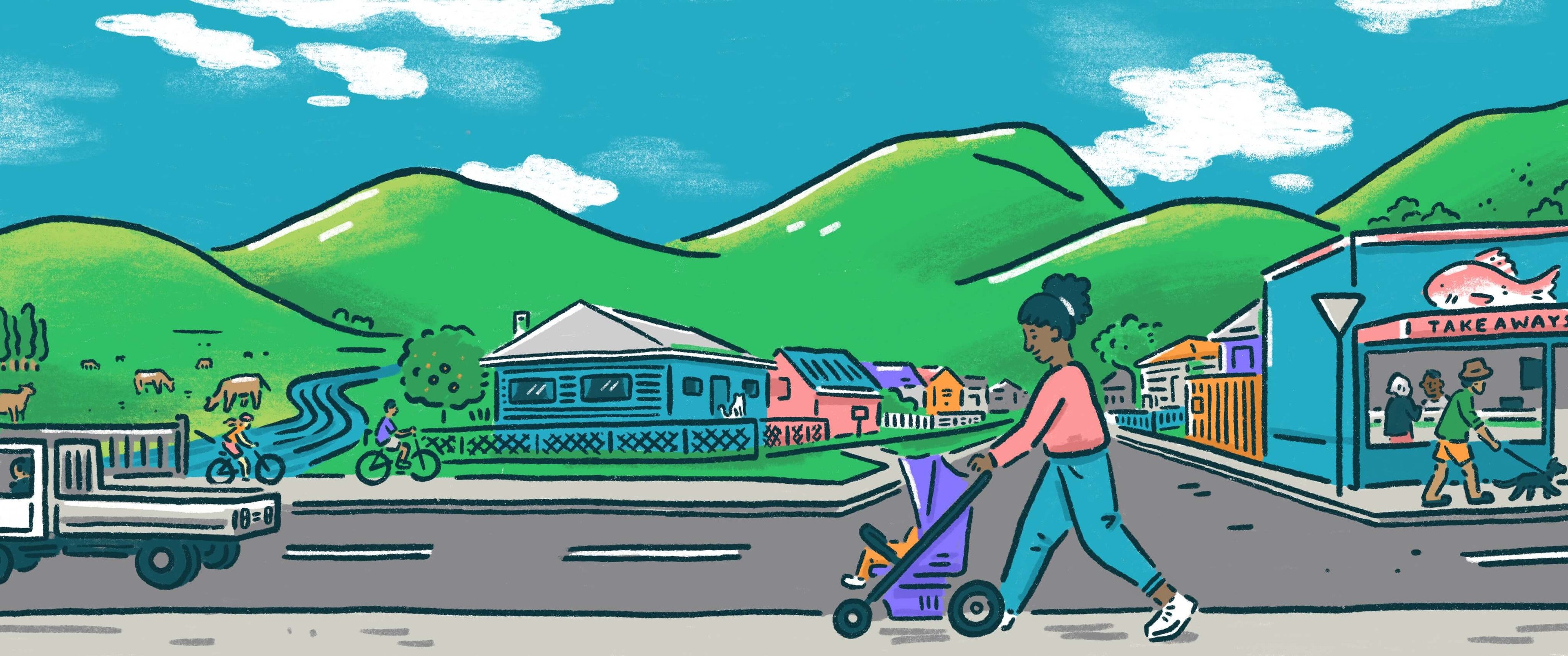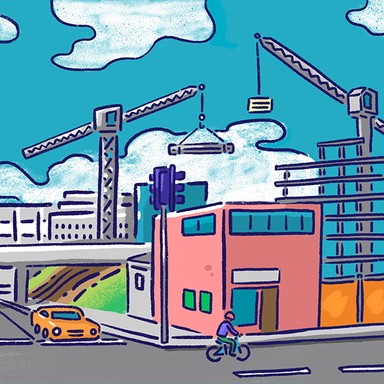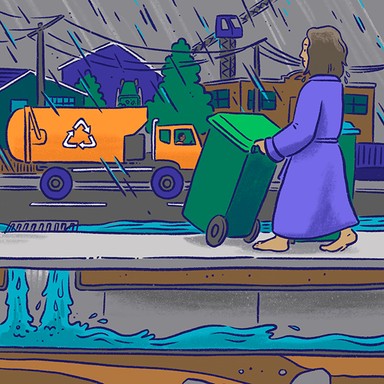
Whakatāne District Council

Rates and revenue
The work of local government is funded mainly by property taxes in the local area, known as rates. This makes up around 60% of council expenditure, with the rest coming from user charges, investment income, regulatory fees and roading subsidies. Councils can also borrow money to spread the cost of large investments such as infrastructure over a longer period of time.

Rates and revenue
The work of local government is funded mainly by property taxes in the local area, known as rates. This makes up around 60% of council expenditure, with the rest coming from user charges, investment income, regulatory fees and roading subsidies. Councils can also borrow money to spread the cost of large investments such as infrastructure over a longer period of time.
Pay more than 50% of council costs borne by ratepayers – they have no say in this system as it is a legislative requirement.
Watching interest rates rise we must become more cautious of capex and opex costs – possibly curtailing projects.
Maintain levels of service to all districts.
Pay more than 50% of council costs borne by ratepayers – they have no say in this system as it is a legislative requirement.
Watching interest rates rise we must become more cautious of capex and opex costs – possibly curtailing projects.
Maintain levels of service to all districts.
Mayor
Compare the mayoral candidates in your area
Local council
Compare the candidates for your city or district council
Regional council
Compare the candidates for your regional council
Local board
Compare the candidates for your local or community board







